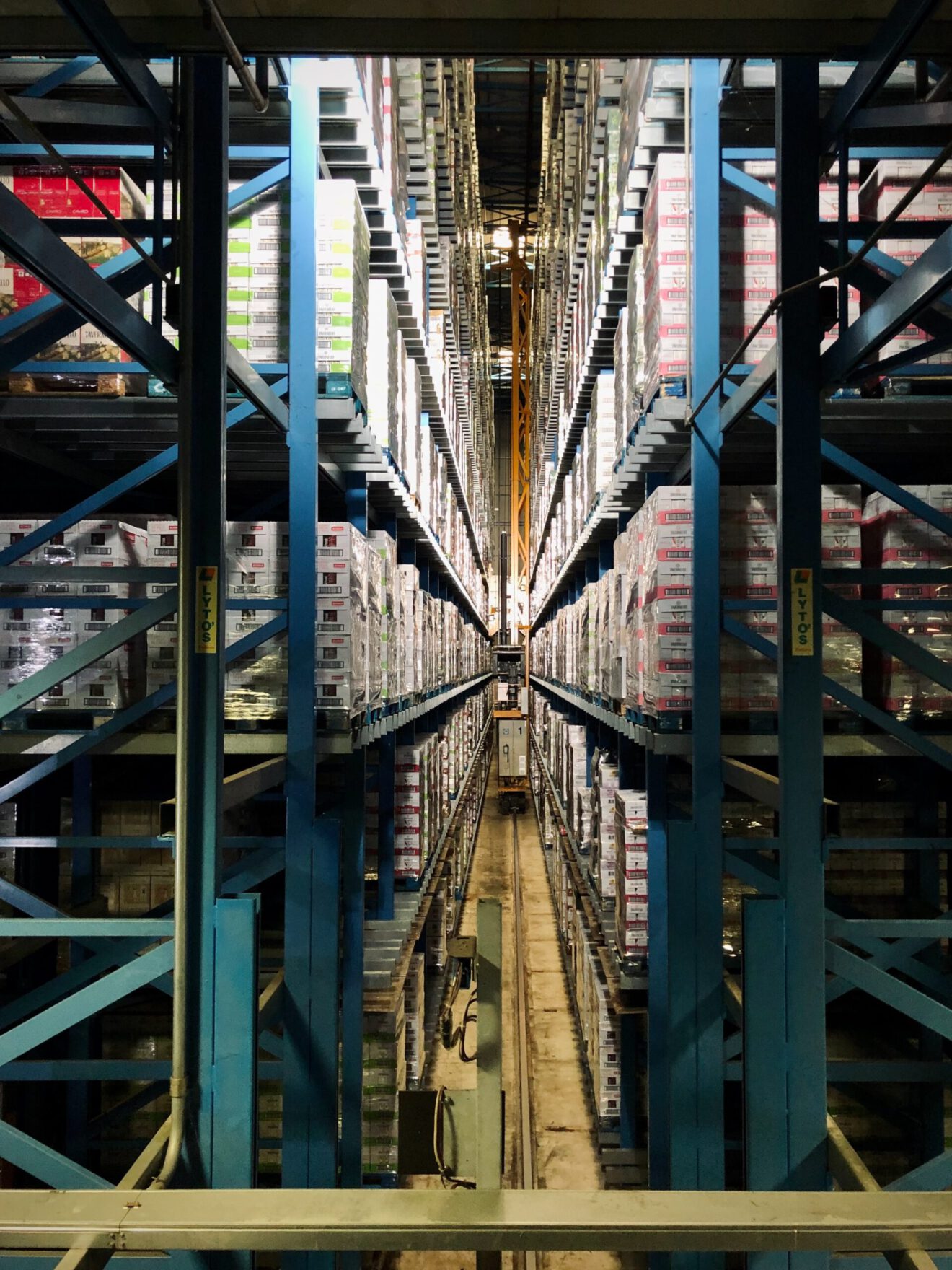Almost one year after shelter-in-place mandates spurred American e-commerce, the domestic logistics industry is thriving, but it’s also facing cost increases, new market demands and staffing challenges. At the same time, delivery by autonomous vehicle and by drone is getting closer to reality, with the latter technology set to gain key commercial sector regulatory permissions this month.
The logistics industry is well placed for further growth and disruption, as recent market studies and business reports show. In February, multiple reports told of an industry feeling bullish. For one, commercial trucks became a hot commodity. According to ACT Research, more than 50,000 Class 8 trucks were ordered in December, which was 153% more than in the previous December.
Warehouse employment also rose in December and longer hours were reported, according to the Bureau of Labor Statistics. A record 1.29 million people worked in American warehouses, which was 9% higher than December 2019 figures. A Randstad US report in January said key logistics staff salaries might increase as much as 3.5%, despite the current recession. Truck drivers could also expect salaries to rise, as there is a serious shortage of drivers, according to trucking companies trying to hire them and the US Bureau of Labor Statistics.
At about the same time the ACT Research report was released, a Prologis report showed warehouse rents rose 3.2% last year in the US and Canada. That’s despite negative growth rates during the height of the coronavirus pandemic. For this year, Prologis forecasts rent increases of another 5%. The greatest demand is expected for logistics facilities within a few hours of dense, affluent markets and for facilities also accommodating sea or international ports.
This correlates with two commercial real estate trends forecast by SmartBrief last fall: A growing demand for cold warehousing and smart warehousing. It’s estimated that almost 50% more cold warehouses will be built in the next five years, despite relatively high construction and operational costs. New demand for grocery delivery is the largest driver.
The dominance of e-commerce and associated logistical requirements is expected to continue after the pandemic, yet rising labor costs and rents may motivate firms to investigate ways to cut staff or transport costs, perhaps with new technologies.
The Federal Aviation Administration is laying the legal groundwork for the commercial use of drones, such as for home delivery purposes. In December, the FAA released a remote identification law for drones. In January, it permitted the first fully autonomous commercial drone flight. On March 16, new FAA rules allowing drone use in civilian space go into effect.
The FAA has worked closely with several states for years to determine how drone traffic can be legalized, and the agency has authorized several pilot drone programs. In October, the United Parcel Service received permission from the FAA to begin setting up a drone fleet to deliver health supplies.
This year, a study by Mercatus Center at George Mason University suggested the adoption of “drone highways,” that could be established over public highways. The report went on to rank states that are best prepared to adopt drone traffic.
Drones could be especially important to service local microfulfillment warehouses. For less localized deliveries, though, the industry will continue to depend on rig drivers, but even that may be changing.
Recent announcements from car manufacturers show keen interest in bringing autonomous trucks to market. In February, Daimler AG announced it plans this year to spinoff a new $35 billion company to focus on autonomous trucking, among other things. Daimler is only one of several firms eager to bring autonomous commercial trucks to American roads.
Today’s hot logistics sector, alongside drone and autonomous delivery programs, may provide the perfect storm to bring wide-ranging change to one of the world’s oldest occupations.
